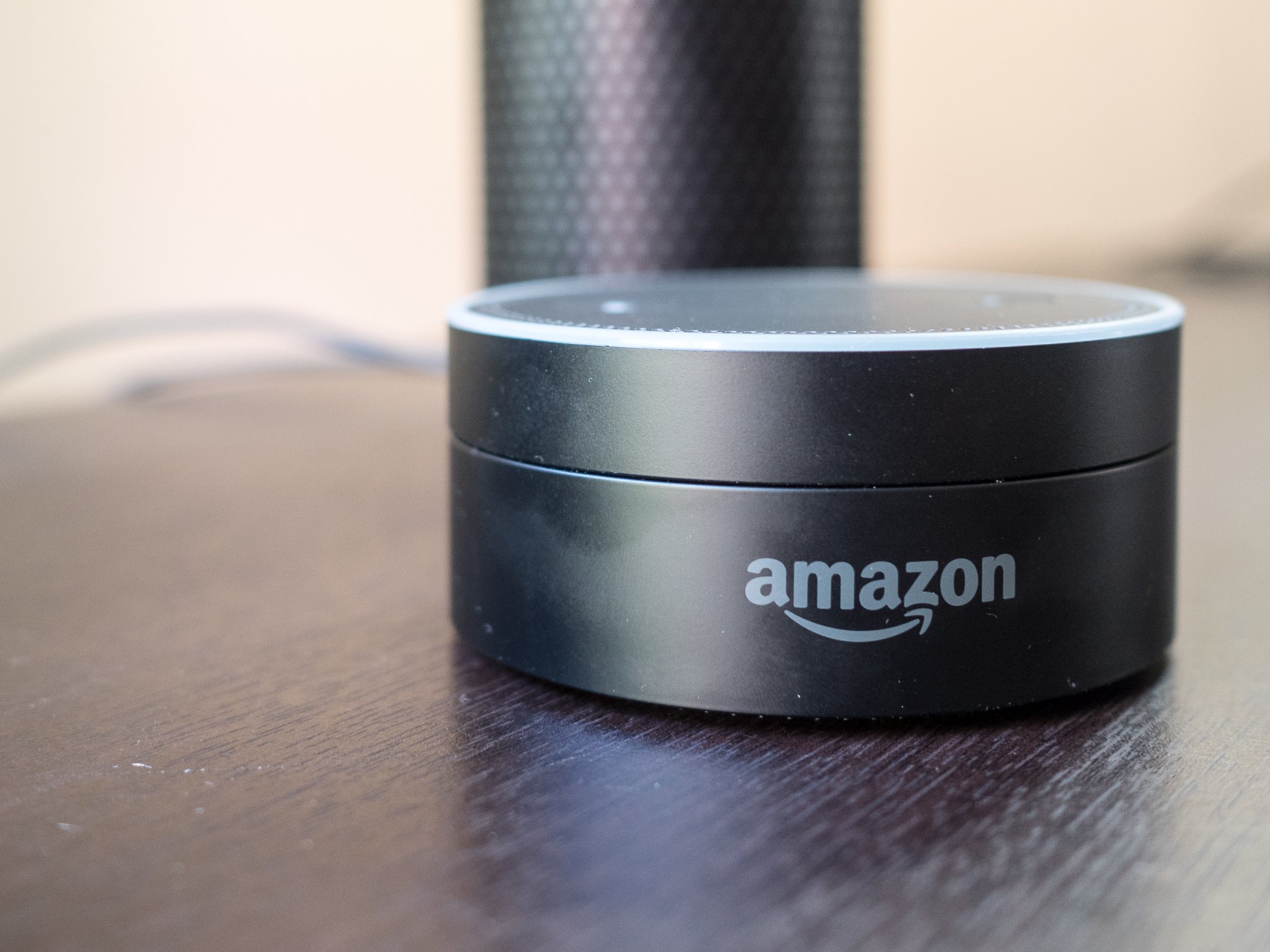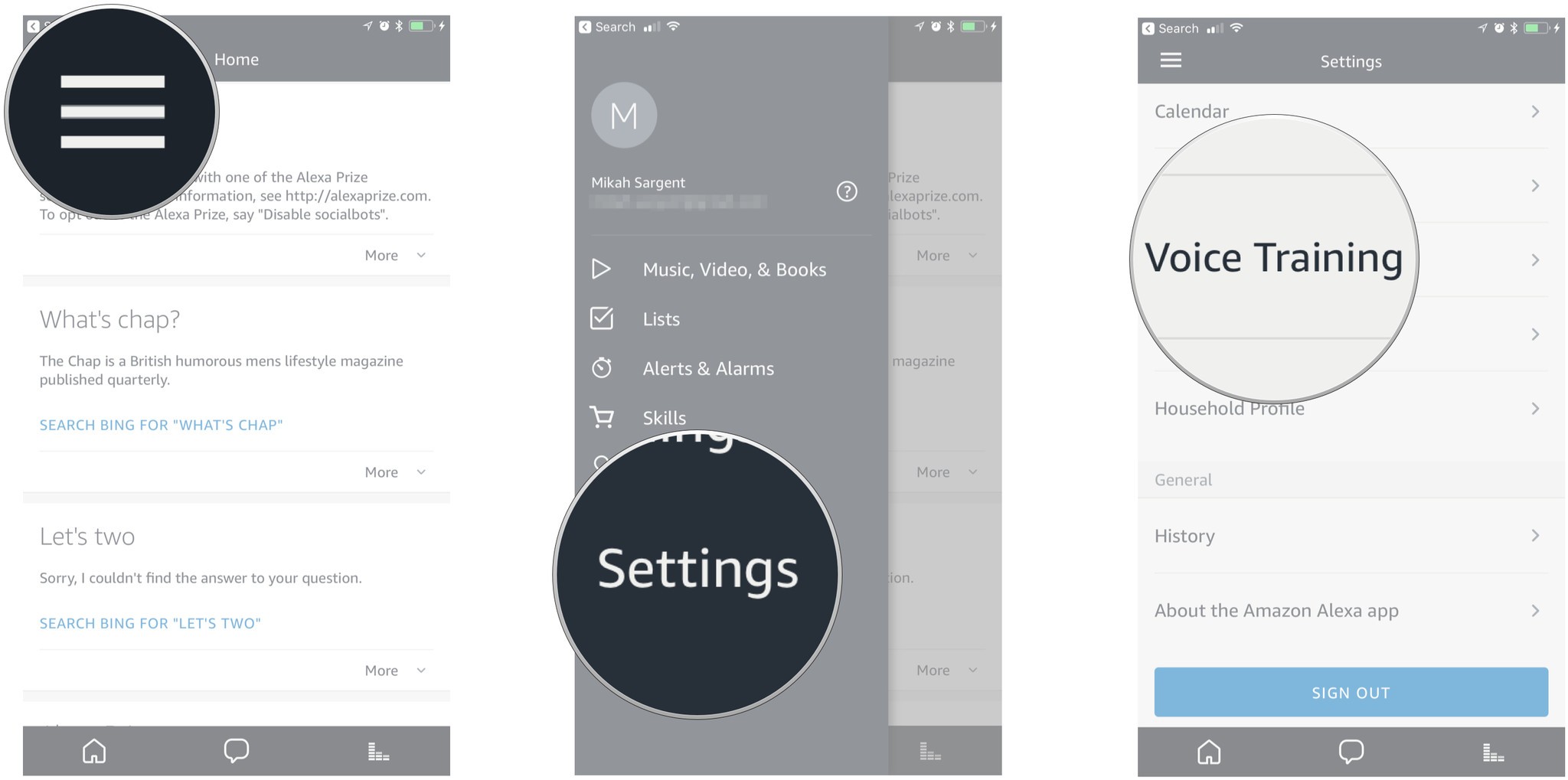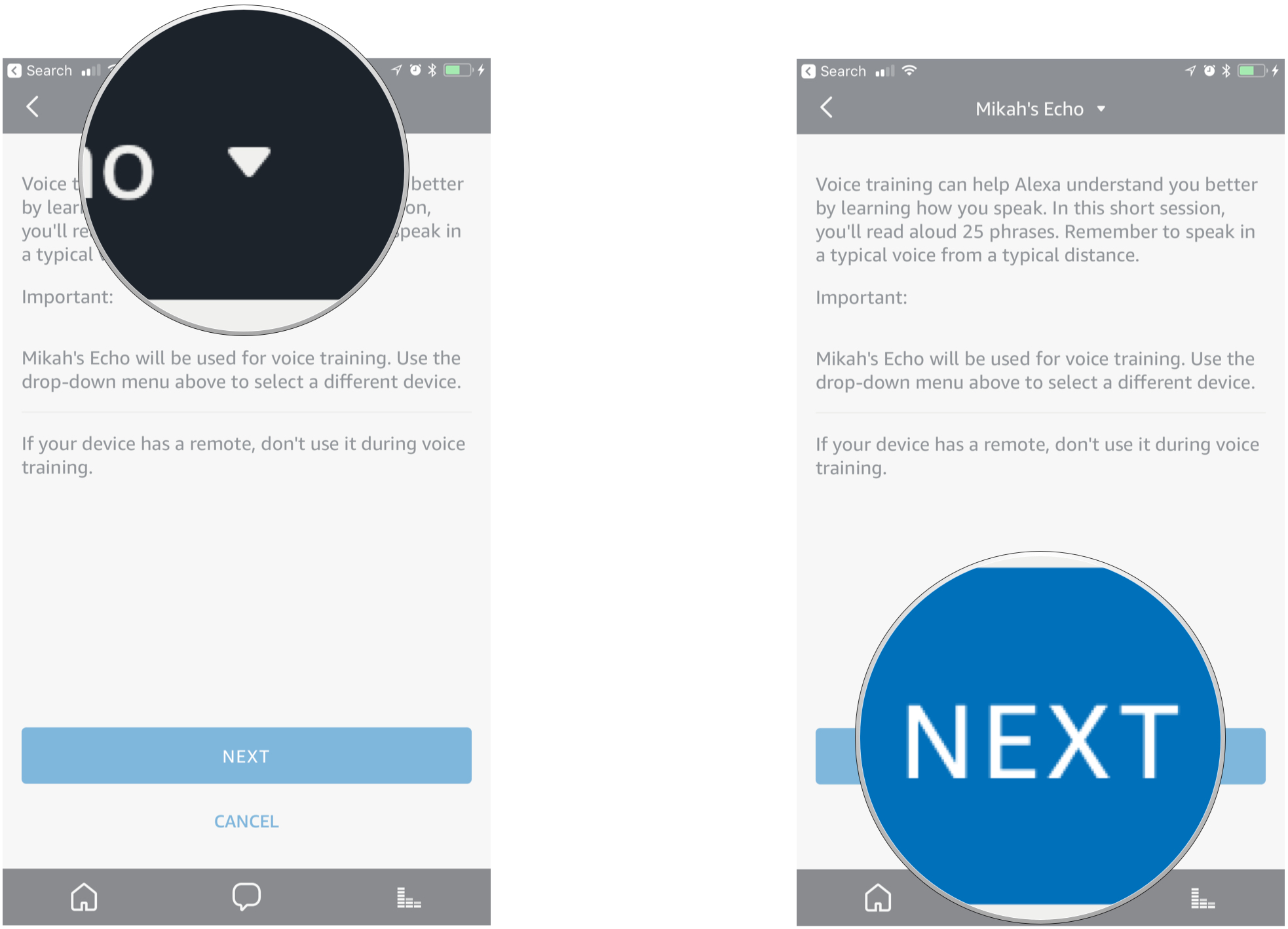How to improve Amazon Alexa voice recognition

Thanks to its multi-speaker setup and voice-focused interaction, Amazon's Alexa-enabled devices are pretty awesome when it comes to voice recognition. Still, you might find it difficult at times to get your Alexa-enabled device to hear you and, more importantly, understand you. If that's the case, there are a few things you can do to improve the voice recognition of your Alexa-enabled devices. Read on to learn a few tips and tricks!
Keep your Alexa-enabled device out in the open
First things first: You can't treat your Echo like a Wi-Fi router (frankly you shouldn't treat your Wi-Fi router like a Wi-Fi router but that's a whole 'nother story), shoving it into a closet, under a table, inside a cabinet, or stowed away out of sight. Your Echo (or other Alexa-enabled device) needs to be out in the open so it can easily hear what you have to say. The device's microphones are always at the ready, listening for your chosen keyword; if you stuff it into a closet or hide it behind a couch, it might have trouble listening for that keyword. In the event it is able to hear you mutter, "Alexa," it'll likely still have trouble understanding your commands.
Consider placing your Echo in an open space in your most occupied room. Think of it like a flower vase (goodness knows it doesn't look as good as one, but work with me here) and put it on display!
Move your Alexa-enabled device to a new location
An early mistake I made when I first added an Echo to my home was placing it underneath my television. The television serves as the focal point in my living room (thousands of interior designers just collectively groaned), so it seemed reasonable to place the Echo beneath it — it'd be out in the open and our guest's heads would be faced in its direction when sitting in the living room. You can probably imagine what went wrong: Stuff playing on the television confused the Echo, making it think House of Cards' Francis Underwood was barking out commands shortly after I'd said, "Alexa." This, of course, would result in Alexa failing to carry out a command almost every time. I moved the device away from my television and it works like a charm now.
The cool thing about Amazon's voice recognition technology is that it's very smart about filtering out noise and understanding when someone's talking to it versus talking to others. It might hear multiple voices in a room after the "Alexa" keyword is triggered, but it does a good job of locking onto the voice that seems most likely to be talking to it. If you have an overwhelmingly loud source of sound, though (like a television right above it), it's going to think that source of sound is what it should be listening to. Place your Alexa-enabled device in a more neutral location, away from speakers and televisions that might serve to confuse its voice recognition technology.
Use Alexa's built-in voice training feature
You can make Alexa's voice recognition technology even better by using the built-in voice training feature. Here's how the app describes the feature:
Voice training can help Alexa understand you better by learning how you speak. In this short session, you'll read aloud 25 phrases. Remember to speak in a typical voice from a typical distance.
If you want to improve Alexa's voice recognition using voice training, here's how you get that process going:
Master your iPhone in minutes
iMore offers spot-on advice and guidance from our team of experts, with decades of Apple device experience to lean on. Learn more with iMore!
- Launch the Alexa app or go to alexa.amazon.com.
- Tap or click on Settings in the menu bar.
- In the Accounts section, tap or click on Voice Training.

- Tap or click on the disclosure triangle next to the device name at the top of the app or page and choose your device.
- Tap Next to begin the voice training process.

After you've completed the voice training process, you should notice improvements to Alexa's ability to recognize your wake word and understand your requests and queries.
Note: Some third-party Alexa-enabled devices (like the ecobee4) do not support Alexa Voice Training.
Thoughts?
Do you have any tips or tricks to improve Alexa's voice recognition? Did you try any of our suggestions and notice improvements? Share your stories and thoughts in the comments or give us a shout over on Twitter!
Mikah Sargent is Senior Editor at Mobile Nations. When he's not bothering his chihuahuas, Mikah spends entirely too much time and money on HomeKit products. You can follow him on Twitter at @mikahsargent if you're so inclined.

